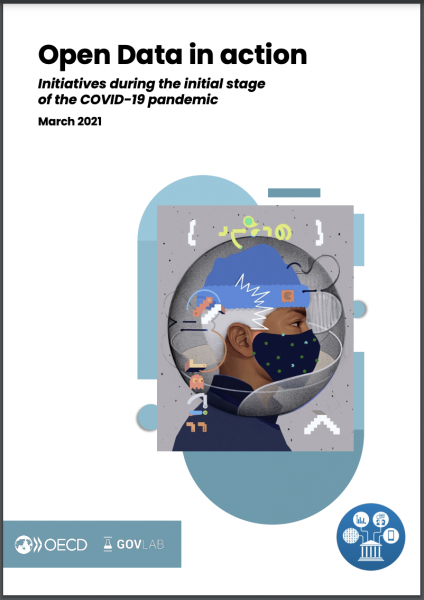Tim Keary at the Stanford Social Innovation Review: “Human traffickers have forced hundreds of women, children, and men into sexual slavery in Colombia during the past decade. According to Colombia’s Ministry of the Interior and Justice, 686 cases of human trafficking occurred within the country from January 2013 to July 2020. Many of those seized were women, children, and Venezuelan migrants.
To combat this crime, Migración Colombia, the nation’s border control agency; the US Bureau of Population, Refugees, and Migration (PRM); and the International Organization for Migration (IOM) launched a mobile application called LibertApp last July. Pressing the app’s panic button immediately sends the user’s live geolocation data to the Colombian Ministry of the Interior’s Anti-Human Trafficking Operations Center (COAT), where an expert anti-trafficking team investigates the report.
The app also functions as a resource hub for information and prevention. It offers an educational module (available in both English and Spanish) that explains what human trafficking is, who is the most at risk, and the most common strategies that traffickers use to isolate and exploit victims. LibertApp also includes a global directory of consulates’ contact information that users can access for support.
While COAT and Migración Colombia now manage the app, IOM, an international organization that supports migrant communities and advises national governments on migration policy, developed the original concept, provided technical support, created user profiles, and built the educational module. IOM saw LibertApp as a new tool to support high-risk groups such as Venezuelan migrants and refugees. “It is necessary to permanently search for different strategies for the prevention of trafficking” and to ensure the “rescue of victims who are in Colombia or abroad,” says Ana Durán-Salvatierra, IOM Colombia’s chief of mission….
PRM funded the app, which had a budget of $15,000. The investment was part of the department’s overall contribution through the United Nations appeal known as the Refugee and Migrant Response Plan, a global initiative that had granted a total of $276.4 million to Colombia as of November 2020.
In less than a year of operation, 246 people have used the app to make reports, culminating in a handful of investigations and rescues. The most notable success story occurred last summer when COAT received a report from LibertApp that led to the rescue of a Venezuelan minor from a bar in Maní, in the Casanare region of Colombia, that was being run as a brothel. During the raid, authorities captured two Colombian citizens alleged to have managed the establishment and who coerced 15 women into sexual slavery….(More)”

